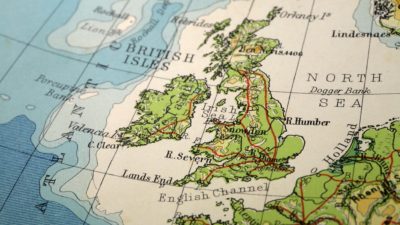The ISA allowance we have in the UK is one of the best tax shelters the world over. The £20k yearly limit is so good that Rishi Sunak is facing calls to reduce it. Best I take advantage and build passive income while I still can.
Even with the £20k deposit alone, I think I could build a big income source from it. I could aim as high as £1,011 passive income each month without adding anything extra to it and while keeping the original sum intact.
I’d need a sound strategy, of course, because no stock will give me anywhere near the 60% interest to hit that straight away. Even so, I think the process might be easier than it looks at first glance.
So, I need to turn £20,000 into income of more than £10,000 a year. That does sound like a tall order. I haven’t got a magic money tree here so I’ll need to grow that cash into a much bigger pile.
Some call this first step the ‘accumulation phase’. What this means is a period of saving and growing wealth before taking any cash out. So there’ll be no income for a while, and for those of us on unspectacular salaries, this phase will take several years.
The accumulation phase
This accumulation phase is all about growing capital as fast as possible. I could do this in a Cash ISA and get 5% interest over the next year. Is that good? No. It’s mediocre, as far as I’m concerned, at least for me to hit my passive income target.
Instead, my strategy will rely on getting much bigger returns than that from the stock market. Here are the average returns from some leading markets (each percentage spans multiple decades).
| FTSE 100 | FTSE 250 | S&P 500 | MSCI World Index | |
| Return | 7.2% | 10.6% | 10.2% | 10.9% |
I could hedge my bets and invest in a total market index fund from one of the above markets. This is a popular option, and a wise one for beginners. It’s simple, it’s hands off, and it’s lucrative. After all, modern economies have a great track record of growth.
The best rate of return
But for me to get the very best rate of return, I need to accept more risk. I’m looking to beat the market here and receive 11%, 12%, or even 13% as a yearly average. For this, I need to choose individual stocks. The right research can uncover hidden gems that can accelerate my wealth gain. Get it wrong, however, and I can get middling returns or even lose money.
Whichever strategy I pursue, how would it get to £1,011 each month? Well, here are a few options for how my accumulation phase could pan out. As you can see, the return my stocks give me is the key to building a sizeable nest egg.
| £20,000 ISA | |||
| 7% | 10% | 13% | |
| 8 years | £37,019 | £42,872 | £49,519 |
| 16 years | £68,519 | £91,899 | £122,608 |
| 24 years | £126,824 | £196,995 | £303,573 |
Once this phase is over, I can withdraw my income. It’s important not to withdraw the above rates of return because this can eat into the nest egg, especially if I get unlucky with a market crash or correction.
A 4% withdrawal is usually considered safe, and could give me as high as £12,143 each year. Per month, that’s £1,011, all from my £20k ISA.







